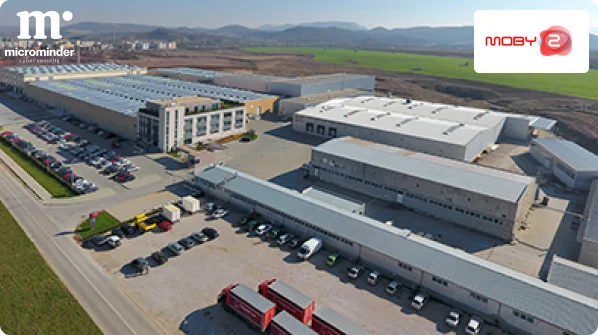What Is Docker Security and Why It Matters
Organisations these days are shifting to microservices and containerised deployments and this has increased the rate of vulnerabilities, misconfiguration and attacks. Docker security refers to the practice, tools and framework that can safeguard your environment from all these. Docker has become an important player in accelerating software delivery but at the same time it introduces a range of new security concerns too.
Docker containers share the host OS kernel unlike any other traditional virtual machines. Docker also has the advantage of being lightweight to improve performance but the disadvantage is that any small case of vulnerability can affect multiple containers easily. This is why docker security is of utmost importance as it can secure the entire container cycle starting from development to built stages to orchestration and runtime.
Organisations these days are shifting to microservices and containerised deployments and this has increased the rate of vulnerabilities, misconfiguration and attacks. Docker security refers to the practice, tools and framework that can safeguard your environment from all these. Docker has become an important player in accelerating software delivery but at the same time it introduces a range of new security concerns too.
Docker containers share the host OS kernel unlike any other traditional virtual machines. Docker also has the advantage of being lightweight to improve performance but the disadvantage is that any small case of vulnerability can affect multiple containers easily. This is why docker security is of utmost importance as it can secure the entire container cycle starting from development to built stages to orchestration and runtime.
Insecure docker environments are very dangerous as it has real world consequences like data breaches and service downtime to regulatory fines and reputational damage. Misconfigured containers can become entry passes to threat actors who access the sensitive systems. This is why it is important to maintain a hygienic docker security to ensure resilience across dynamic production environments.
Attackers often exploit insecure Docker configurations, exposed APIs, outdated images, and weak isolation between containers. Some of the common risks include privilege escalation, container escape, and secrets leakage. Docker's growing adoption in CI/CD pipelines also brings home new attack surfaces.
Image scanning, runtime protection, access controls and logging are some of the features that are typically associated with the docker security framework. The framework aligns with compliance needs like CIS Docker Benchmarks, NIST container guidelines, and the UK’s NCSC security recommendations for DevOps.
Organisations in the industry sectors like healthcare, finance and government should secure their docker environments in the ever evolving threat landscape. This is not just best practice, but it is a business imperative. This will ensure continuity, compliance, and trust in digital operations.
Read More +
Read Less -



































 310 reviews on
310 reviews on 









